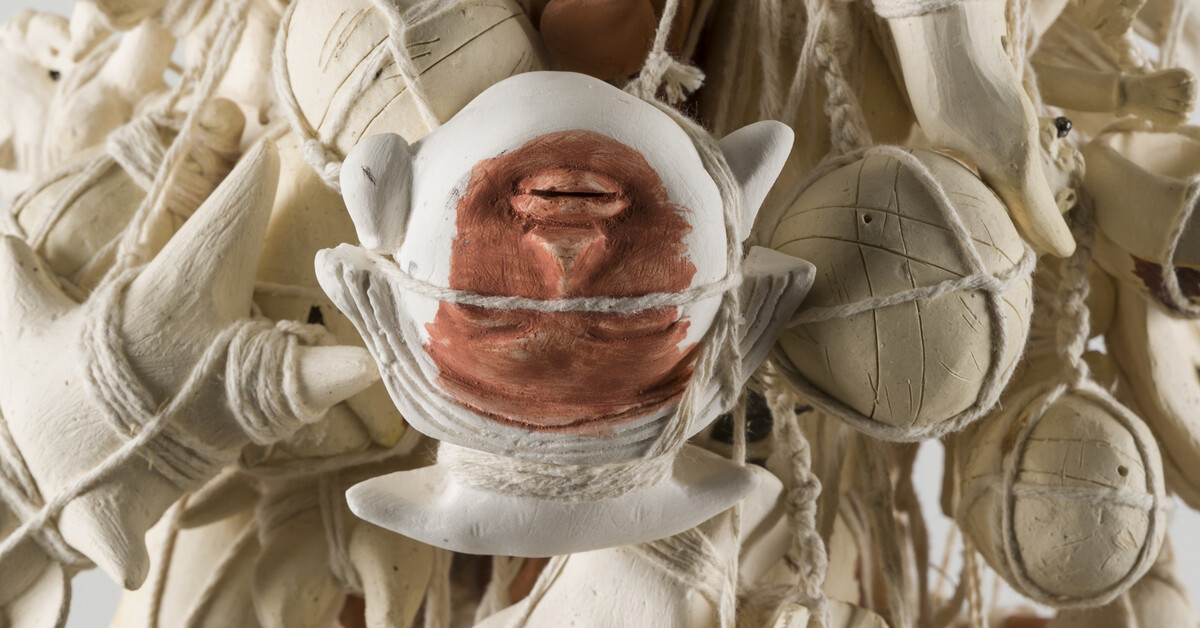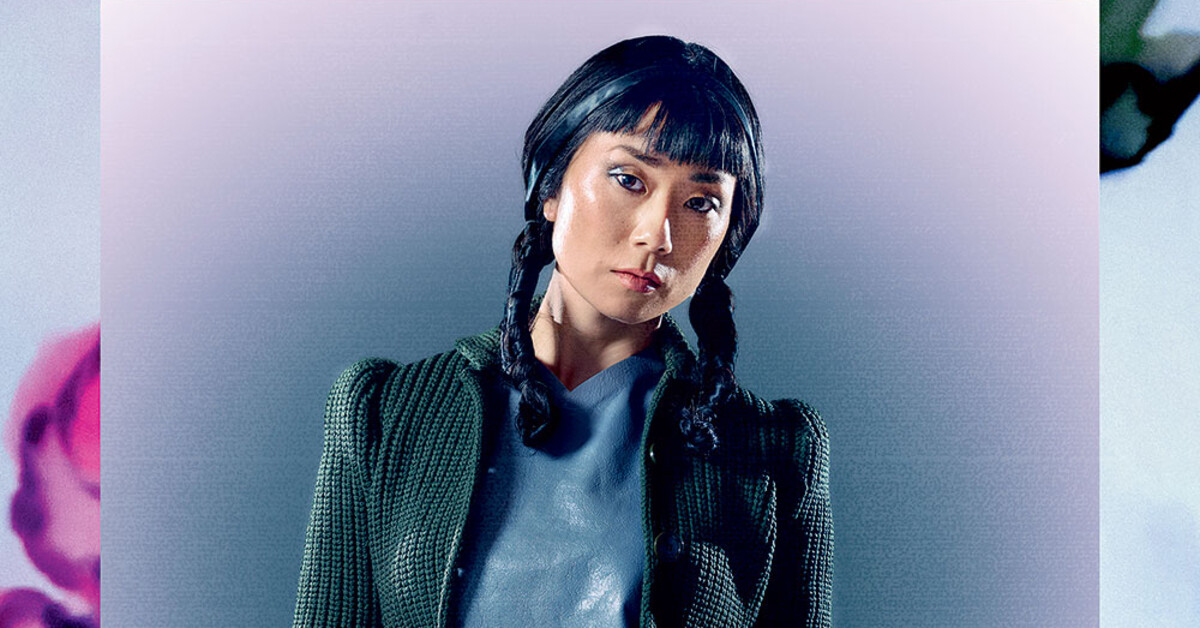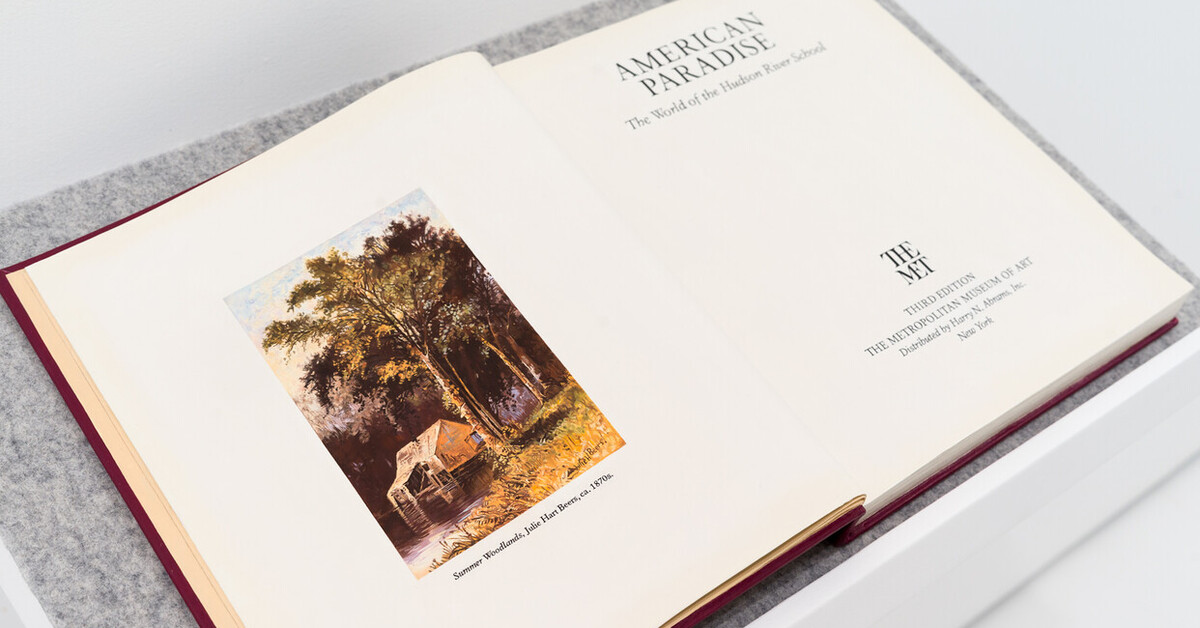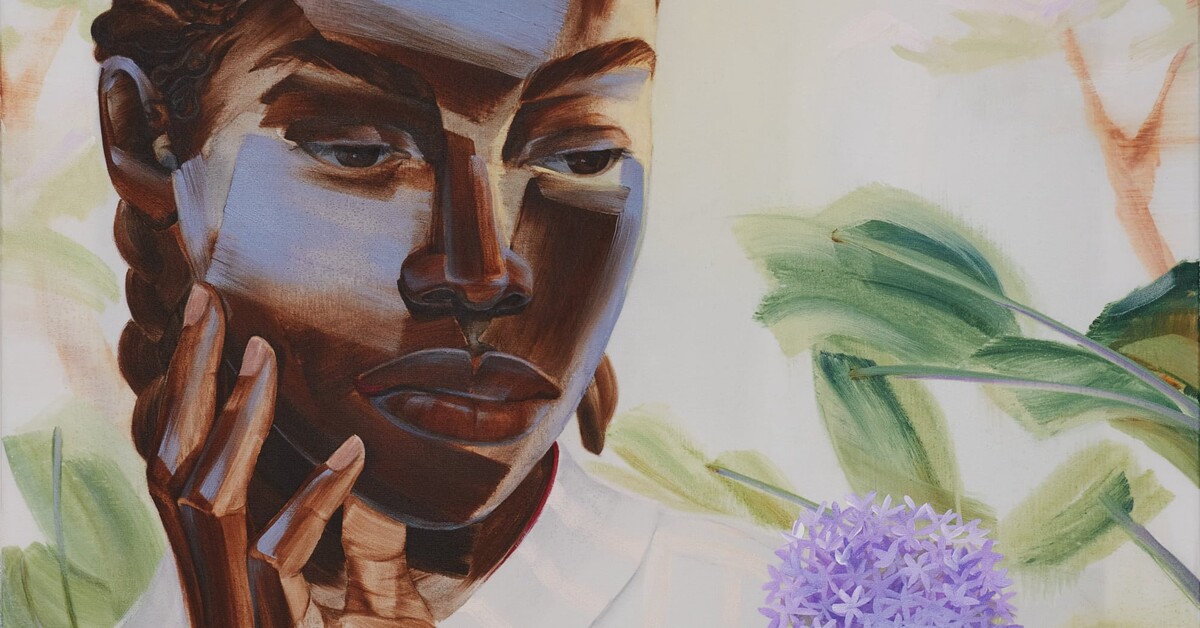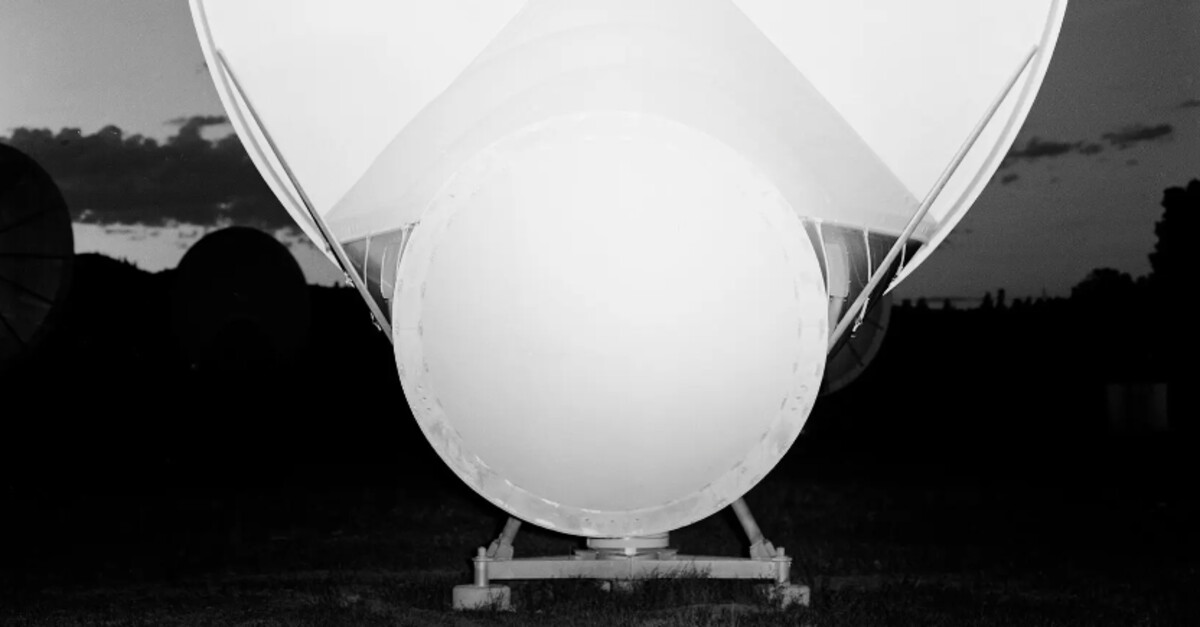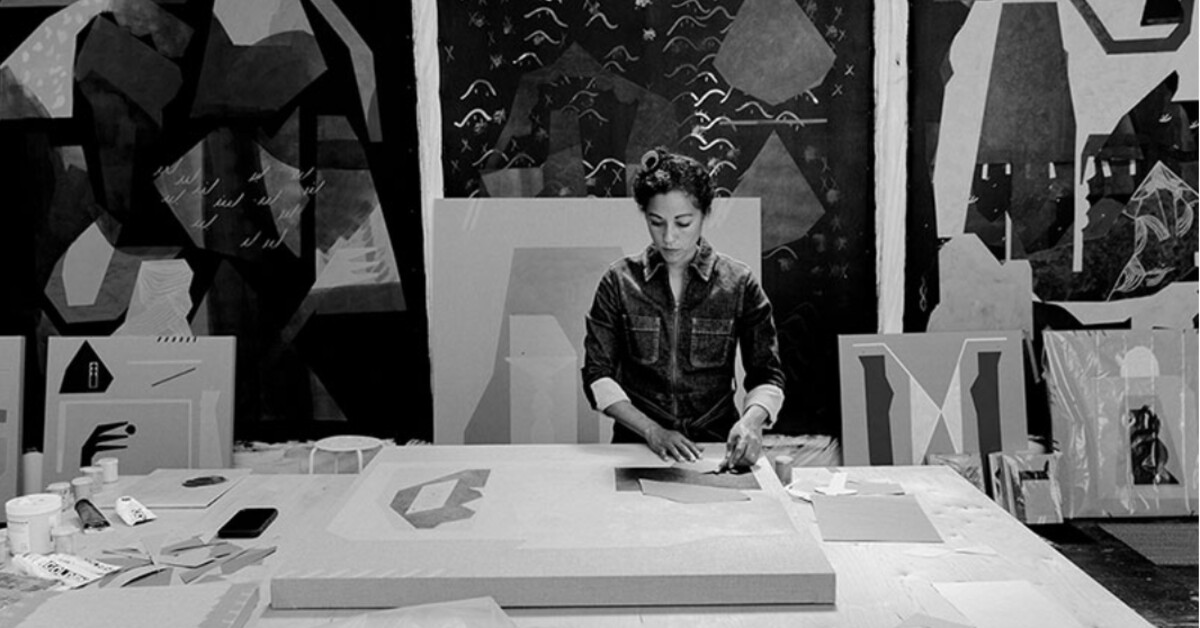The Universal Other: A Review of Miao Wang at Patron Gallery
NewCity / Jan 28, 2025 / by Alan Pocaro / Go to Original
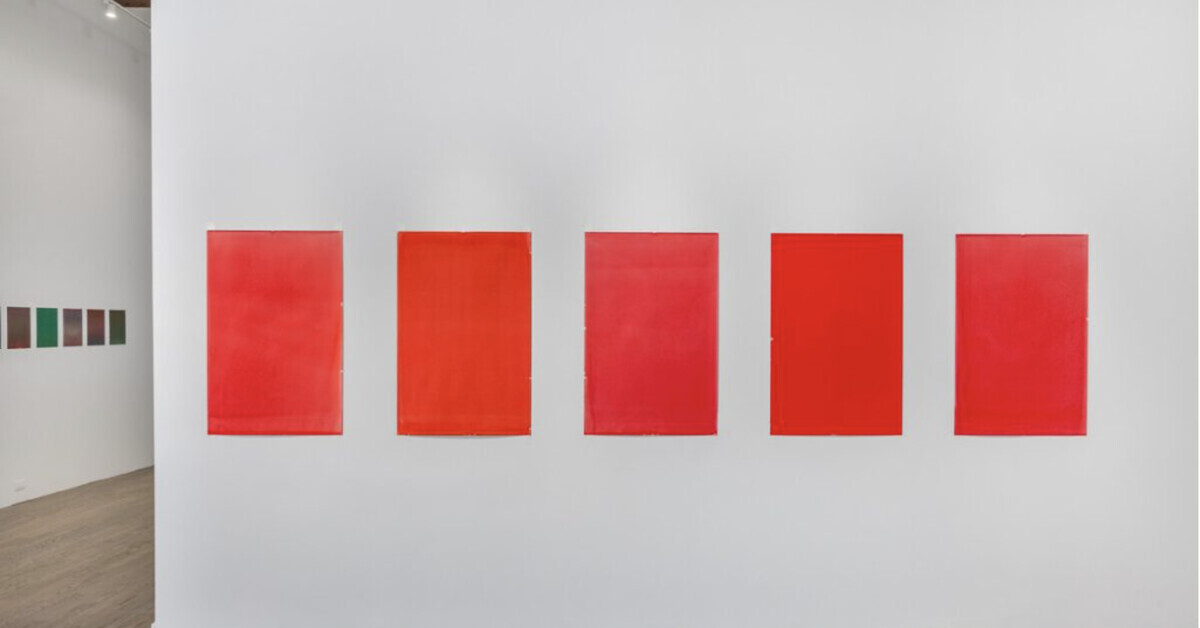
Miao Wang, installation view of “the other,” 2025, at Patron Gallery/Photo: Patron Gallery
Last June I was visiting New York on account of an old friend’s impending nuptials. With a few hours to kill before the train Upstate, I paid a brief visit to the Met. If you’ve been to the Met more than twice, a brief visit is enough. You can reacquaint yourself with some old friends, and maybe encounter a work or two you haven’t seen before.
On that day, making my pilgrimage to the mural-sized masterpiece of poured paint that is Jackson Pollock’s “Autumn Rhythm (Number 30)” (1950), I encountered, synchronistically no doubt, an attractive young couple in the throes of love. Their hands clasped, eyes locked in knowing stares, Mona Lisa smiles spread across their expectant lips. They were having their engagement pictures taken… in front of the painting.
A pivotal work of human civilization reduced to the status of backdrop. Like hearing a dance remix of Nirvana’s “Smells like Teen Spirit” in a group fitness class, I was disgusted.
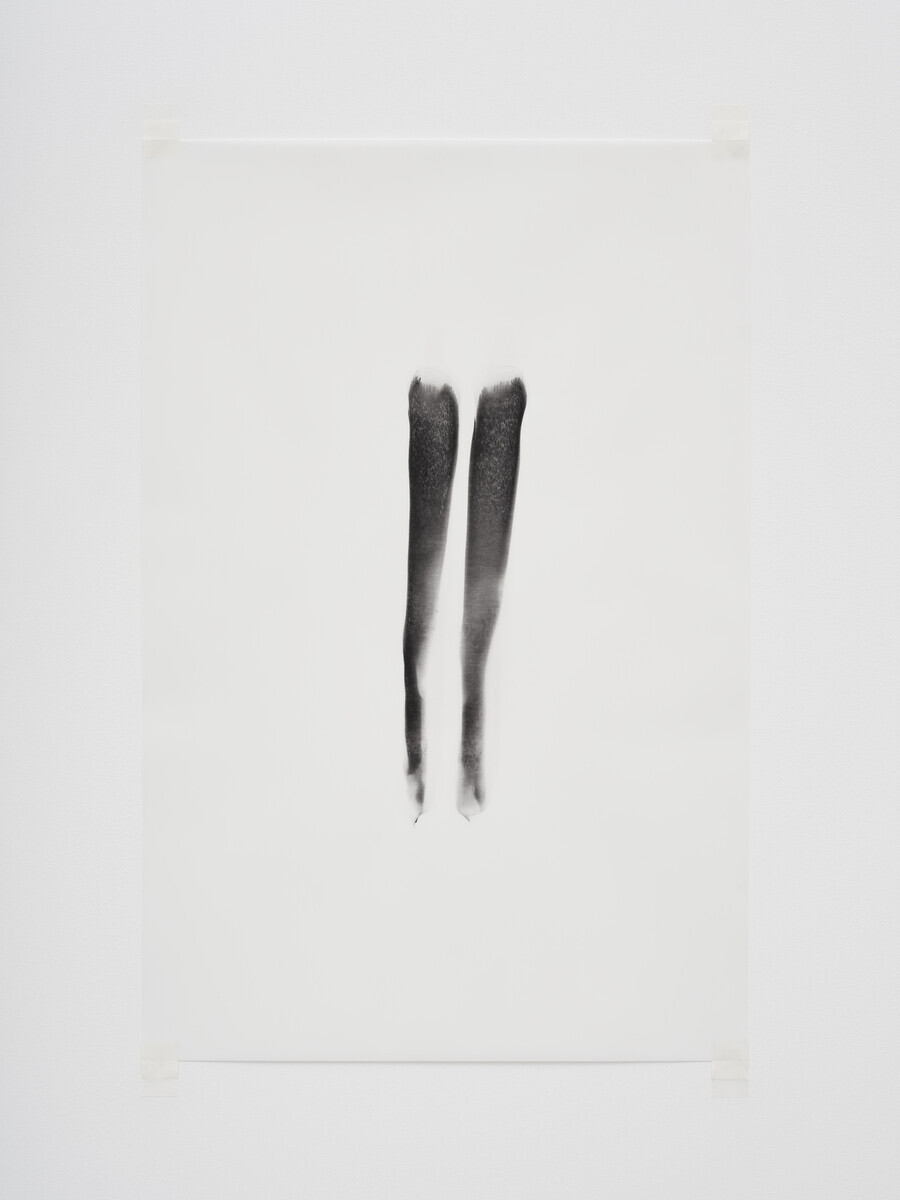
Miao Wang, no title, 2024, watercolor on synthetic paper, 38″ × 25″/Photo: Patron Gallery
But was I right to be? Or was I merely being a snob of the most annoying sort, an atavistic throwback for whom subversive gestures are meant to stay that way? A has-been naively protecting his ever-shrinking herd of sacred cows. Ah me.
Once an art of revolutionary power and insight into the deepest recesses of the human psyche, in the years since 1960 abstract painting has been exsanguinated of its insurgent essence. Now, mostly an art of superficial ornamentation, it sells equally well at Target and fill-in-the-blank art fairs. It’s a background for an engagement photo.
If abstract painting is to have any meaningful future at all, it lies in the recovery of its lost hypnagogic content. It must reclaim active contact with the most fantastic stirrings of our unconscious minds. In the best of times, this is a demanding task. In a technocratic, post-human age of pure materialism, a nearly impossible one. But the revolution will not be live-streamed and there are signs.
Have a look at painter Miao Wang’s evocative new solo show at Patron Gallery, and you may come away convinced that something is afoot. An exhibition of luminous hues and seemingly undifferentiated surfaces, “the other” presents a series of almost entirely monochromatic watercolors that feel as though they have been culled from the depths of the collective unconscious.
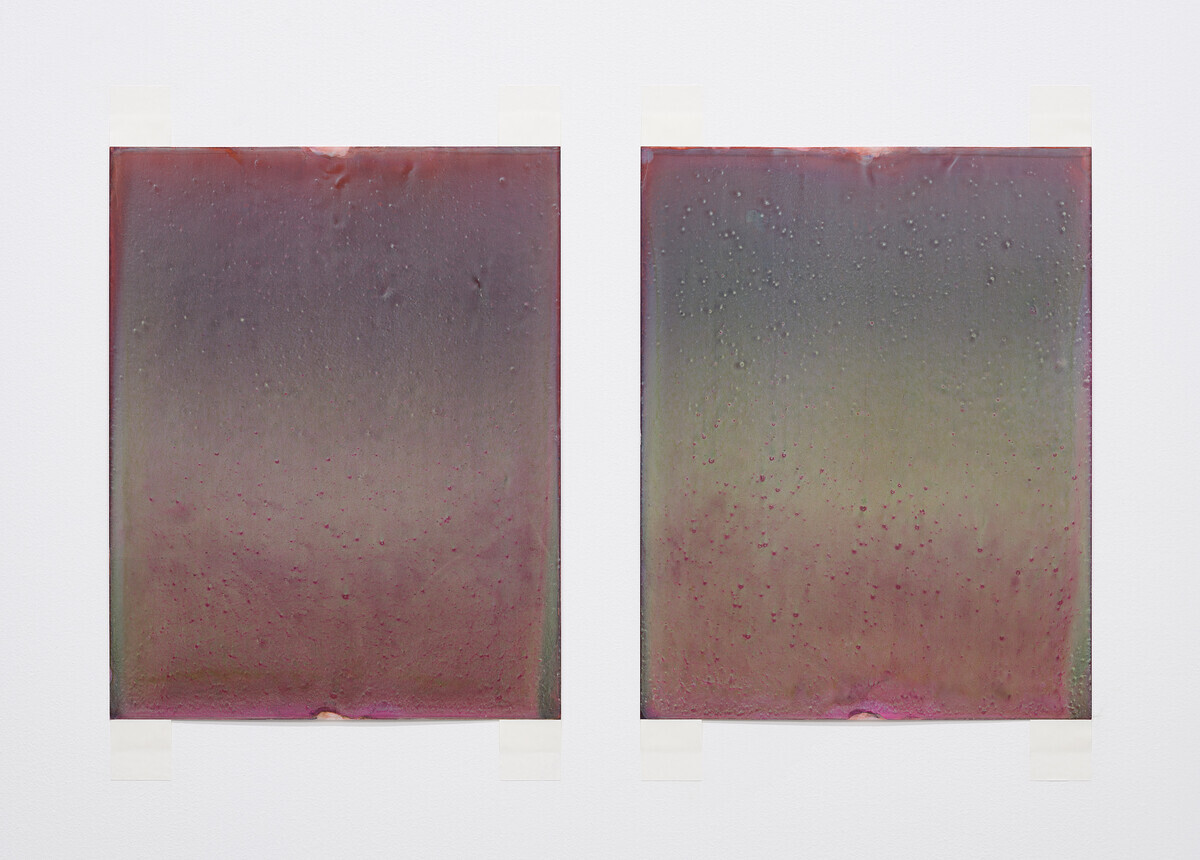
Miao Wang, no title, 2024, watercolor on synthetic paper, 14″ × 11″ /Photo: Patron Gallery
Without titles and hung in several series, these red, blue, black and red-green complementary fields look as though they are the product of natural forces—wind, rain, pressure, time—and so convey a concrete reality that even the most photorealistic paintings often fail to achieve. Although Wang’s idiom has its antecedents in the post-painterly abstraction of late modernism, her use of synthetic polypropylene supports and the iridescent sparkle of interference pigments are a material nod to the age in which they were created.
Perhaps the most telling (and compelling) aspect of the entire show are the subtle moments when it’s possible to register the artist’s delicate fingerprints on the periphery of many of the images. As fleeting as a solitary wave on Michigan’s teal-blue surface, they dissolve into the works’ interior, the “I” of the artist absorbed into the vast “we” of the universal other. An exhibition more to be experienced than to be seen and more like a dream than a waking thought. Resistance is not futile, do not miss it.

